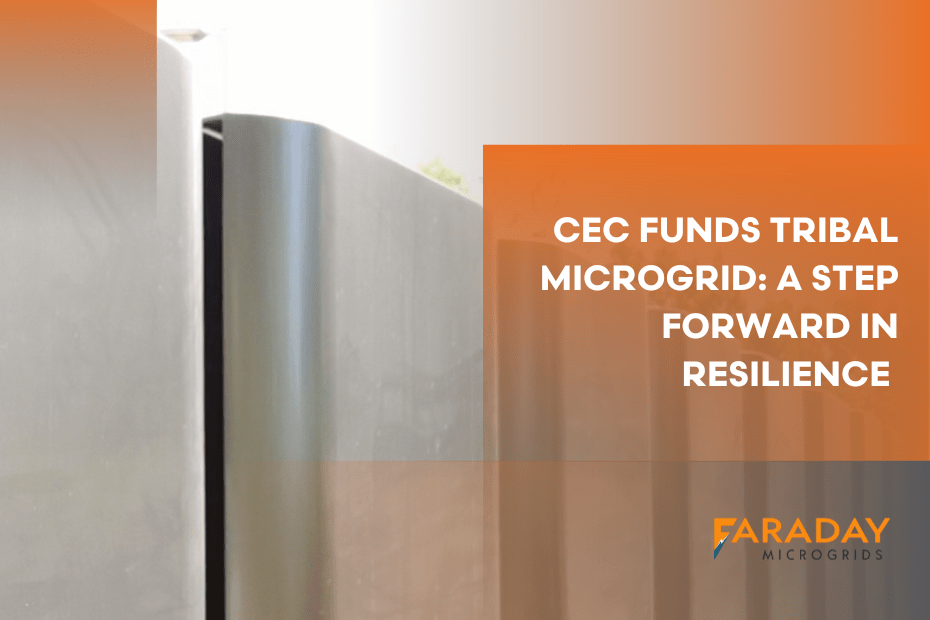California is on a mission to accelerate the use of clean energy and to achieve energy resiliency with the use of long-duration storage
The installation of a microgrid energy system is a step towards energy self-sufficiency by harnessing locally available resources. This new energy project indicates increasing interest in renewable energy projects, as local communities and public institutions also join the journey towards a sustainable future.
One such move towards this objective is manifested in funding for a tribal microgrid project.
CEC Funds Microgrid Through Grant Program
Funding for the Paskenta Rancheria microgrid is being provided by the California Energy Commission (CEC) through its long duration energy storage grant program — one of the most significant zinc-based battery projects in the world.
The program focuses on developing non-lithium energy storage technologies to address ongoing grid issues; these CEC funds often benefit underserved groups.
One of the Largest Long Duration Storage Projects in the World
The ZBM3 battery system will be charged by the microgrid’s solar array and is designed to reduce the tribal community’s grid demand and provide utility resilience.
“The resiliency, operational performance, and safety of Redflow’s zinc-bromine flow battery technology will support the sustainability, reliability, and energy self-sufficiency goals of both the State of California and the Paskenta Band of Nomlaki Indians.”
–David Bliss, CEO of Faraday Microgrids.
Learn more about the benefits of microgrid installation and how we can help you achieve compliance at faradaymicrogrids.com.


